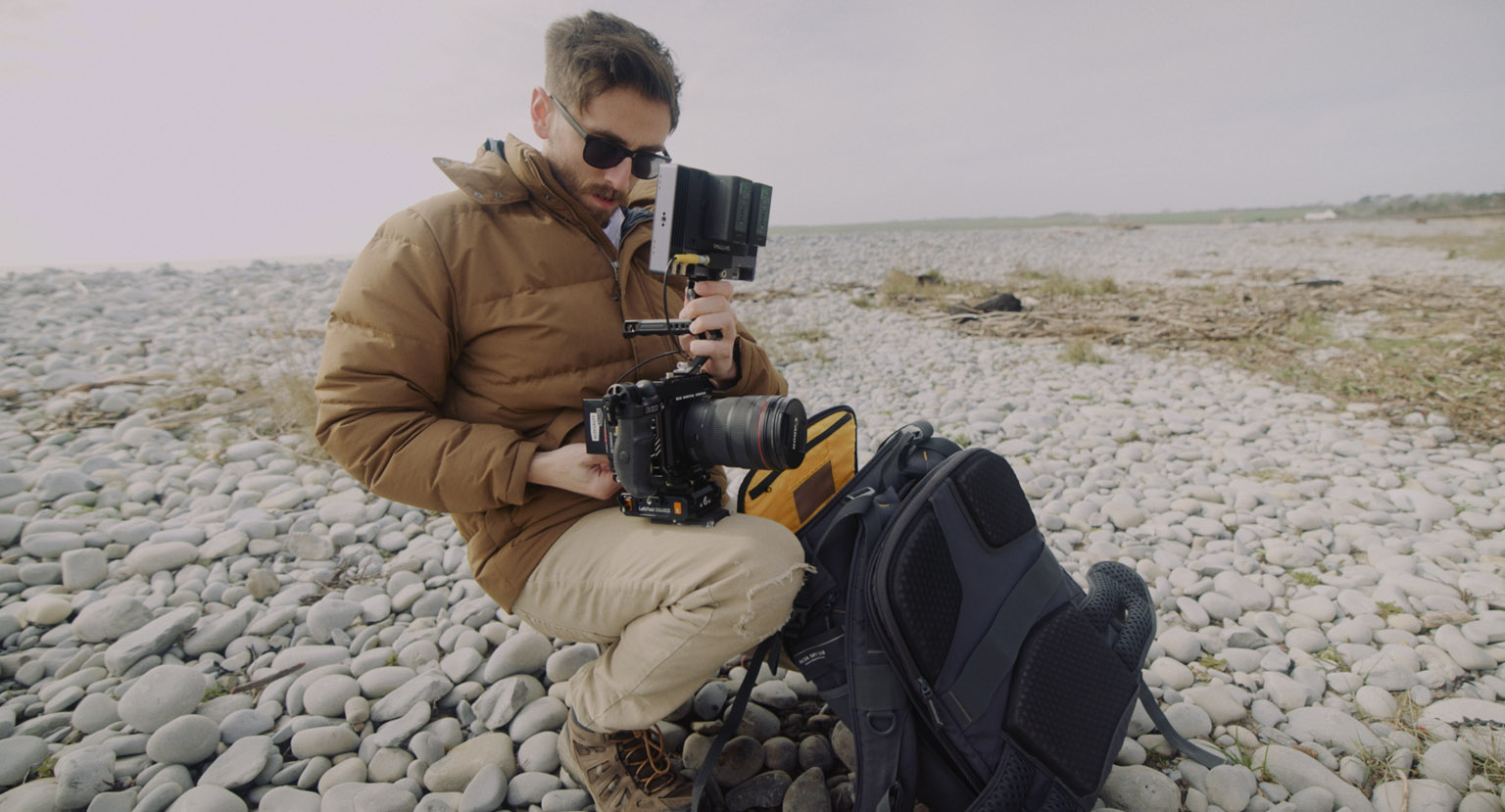I would assume that by clicking an article about whether to buy a camera rucksack or a camera bag, you may be at the start of your filmmaking venture. As such, reader, I have some bad news for you. It will take you years to acquire all the equipment you need to adequately make content — unless you’ve just won the lottery.
Whether that’s short films, music videos, or general online content, filmmaking is neither a cheap hobby nor a cheap business. That’s why when starting, when resources are limited, choosing the right tools and accessories is crucial. However, with so many options in the filmmaking industry, it’s not often clear how to make the right choice.
This video tutorial and article compare the practicality of acquiring a camera rucksack versus a camera bag.
Before delving further, it’s important to clarify that the term “camera bag” used in this context does not refer to the sling bag that hangs around one’s torso while on holiday. Instead, it refers to a camera and A/V bag, or as I like to call it, a fancy duffle bag. This is specifically designed to carry camera equipment and audio-visual accessories.
Why Choose Between a Rucksack and Bag?
A camera rucksack and a camera bag. They pretty much do the same thing, right? They hold your camera. Why would there even be a necessity for such a deep dive into such a frivolous tool? Well, it’s like comparing a van to a pickup truck. Both are used to haul materials and equipment, but they do so in entirely different fashions.
Why a Camera Rucksack?
Camera rucksacks are a popular choice for filmmakers who carry a lot of gear for extended periods. The comfort factor is the most significant advantage of a rucksack over a traditional camera gear bag. The weight of the gear is distributed evenly across both shoulders, making it less likely to cause back pain or fatigue during long photo shoots or hikes. Additionally, rucksacks are often designed with padded straps and backs for added comfort.
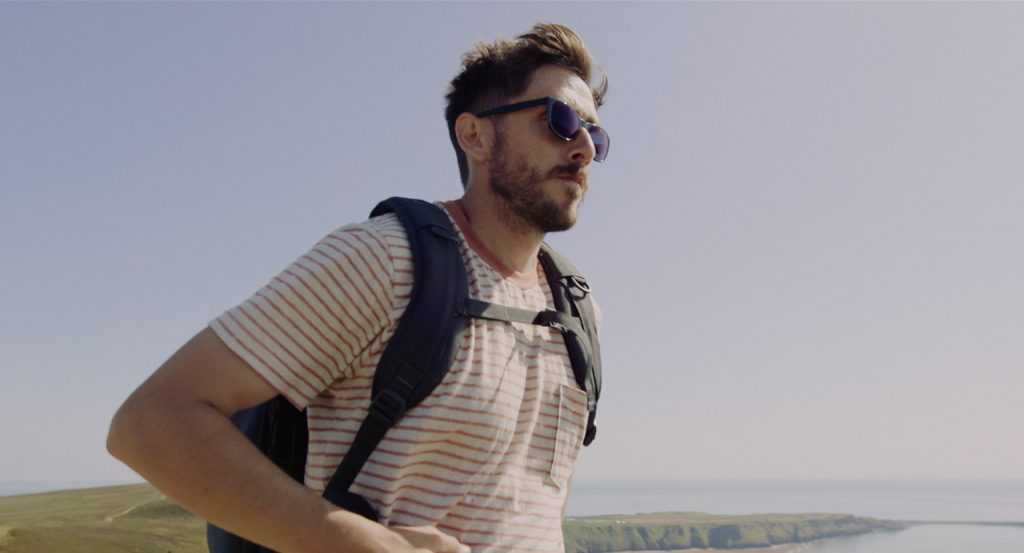
In the video, the rucksack I use has extra non-slip padding around the shoulders and back, adjustable shoulder straps, an adjustable waist belt, and an adjustable chest strap that can be moved up and down to best fit my contours. It also has an air-flow system to keep me cool during long treks with my gear. It’s got to the point where I sometimes use it for non-camera-related storage because of how comfortable it is.
Another advantage of camera rucksacks is how they tailor to the user. Many rucksacks have customizable compartments, usually velcro segments, allowing you to adjust the interior to fit your specific gear.
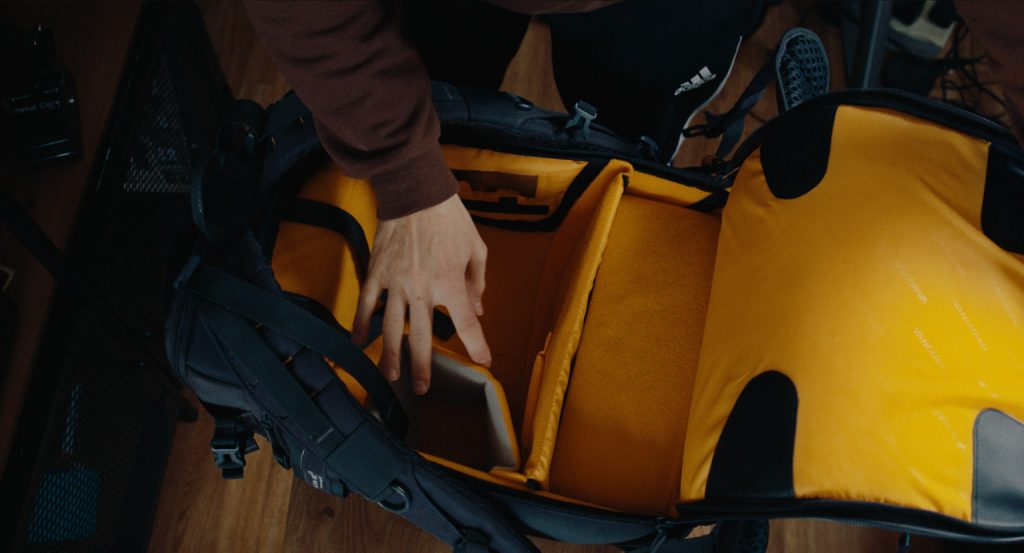
This customization is beneficial for filmmakers who may have different camera bodies, lenses, and other accessories that they need to bring along on shoots. With a rucksack, they can arrange their gear to suit their needs and preferences, ensuring that everything is easily accessible when needed. This level of organization can be significant for fast-paced shoots, where time is of the essence and every second counts. With a rucksack with customized compartments, filmmakers can quickly grab what they need and keep their workflow streamlined and efficient.
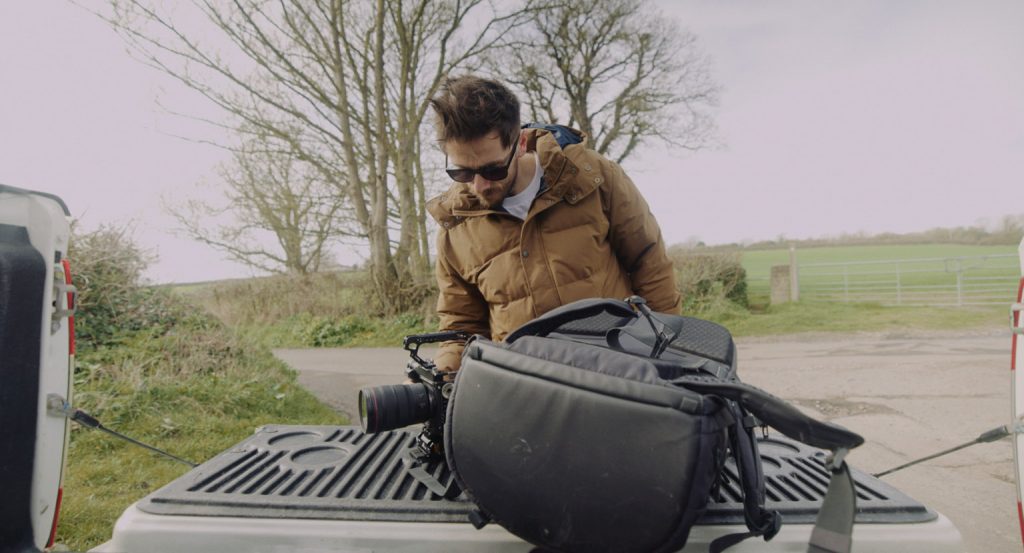
However, there are some downsides to using a camera rucksack. With a rucksack, you must remove the bag and put it down to access gear, which can be inconvenient during a fast-paced film shoot, especially if you have a stomach and a chest buckle to undo. Likewise, while rucksacks house many compartments to store gear, the gear typically needs to be dissembled to facilitate the small form factor of a rucksack. And, of course, as the rucksacks are smaller than a camera bag, you can only move a few pieces of equipment.
Why a Camera Bag
One advantage of camera and A/V bags is their versatility. They allow you to carry a camera and A/V equipment in one bag, making transporting everything you need to a shoot easier. For example, one of the standout features of my bag is its extra wide opening, which allows for rapid access to all of my equipment. This is especially useful during fast-paced shoots when you need to change lenses quickly or access your camera. And unlike the rucksack, I can place an entirely fully rigged camera into the bag.
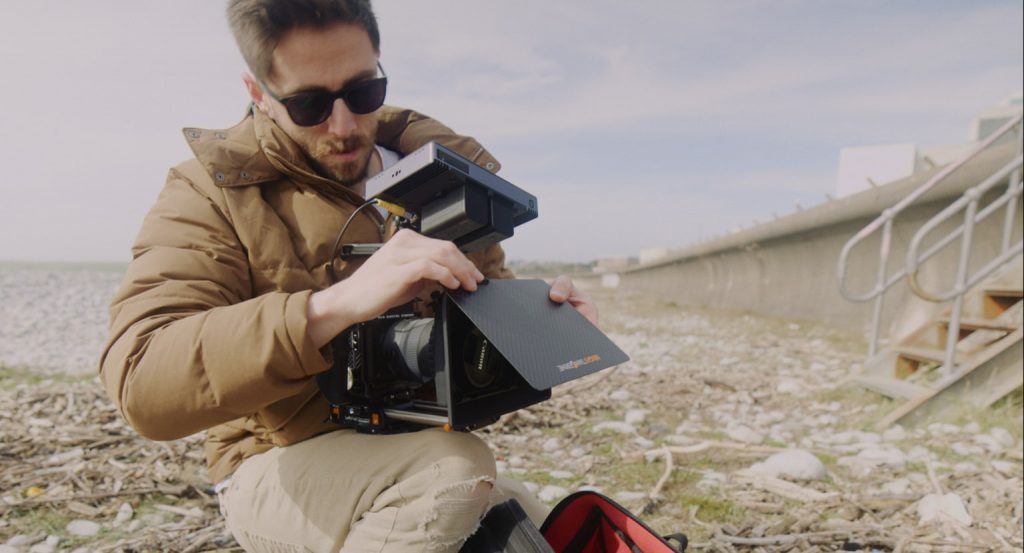
And when I say fully rigged, I mean I can have the camera on a shoulder rig ready to pull out at a moment’s notice, with nothing more than the off switch halting my process. Mic, matte box, shoulder rig; all ready to go. No messing about.
Camera bags also often house better safety features. Of course, depending on the quality of a camera rucksack, that too may also offer protection, but it’s different than the protection bags offer. I find camera and A/V bags are halfway between a rucksack and a pelican case. Of course, with that protection comes more weight…
These bags typically have customizable compartments, allowing you to adjust the interior to fit your specific gear and multiple pockets and compartments for organizing accessories and A/V equipment. However, they aren’t at the level of customization that rucksacks have.
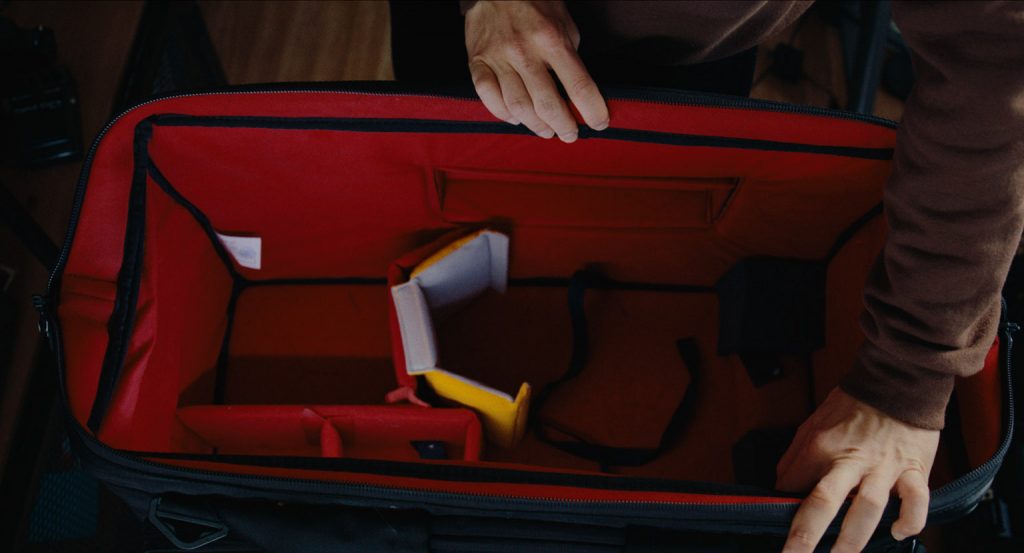
However, like all bags, camera and A/V bags have their limitations. One of the main drawbacks of these large camera bags is, ironically, their size and weight.
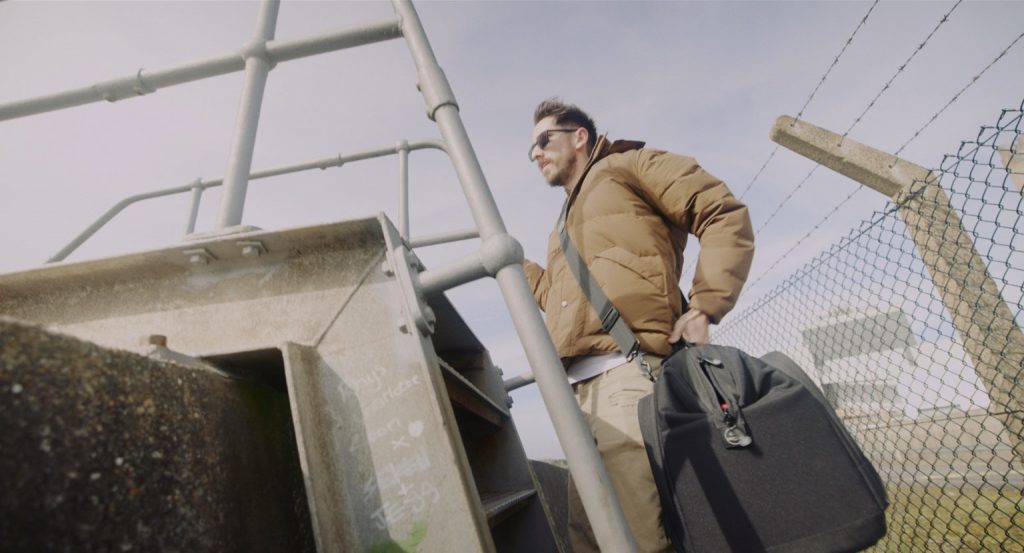
When fully loaded, these bags can be cumbersome, making them difficult to carry for extended periods. Additionally, camera bags may not be practical for outdoor activities, such as hiking or camping, where you must travel light and move quickly.
Furthermore, camera and A/V bags may not offer the same level of comfort as a rucksack during long photo shoots or hikes. They often have single shoulder straps that can cause discomfort and strain if worn improperly. This can lead to back pain or fatigue, limiting your time on your feet during a shoot. Therefore, it’s essential to consider your specific needs and intended use when selecting a camera bag or rucksack. A rucksack may be the better option if you carry heavy gear for extended periods or engage in outdoor activities. However, if you primarily shoot in controlled environments, a camera or A/V bag may offer the organization and accessibility you need without the added weight and bulk.
When Should You Use a Camera Rucksack?
A camera rucksack is a versatile option for carrying filmmaking equipment, and there are several situations when it can be advantageous:
Solo Filmmaking: a camera rucksack can be useful if you’re a solo filmmaker. It allows you to carry all your equipment in one place, making moving quickly and efficiently between shots easier. The ergonomic design of a rucksack can also help you move swiftly and quietly, allowing you to capture shots that might otherwise be missed.
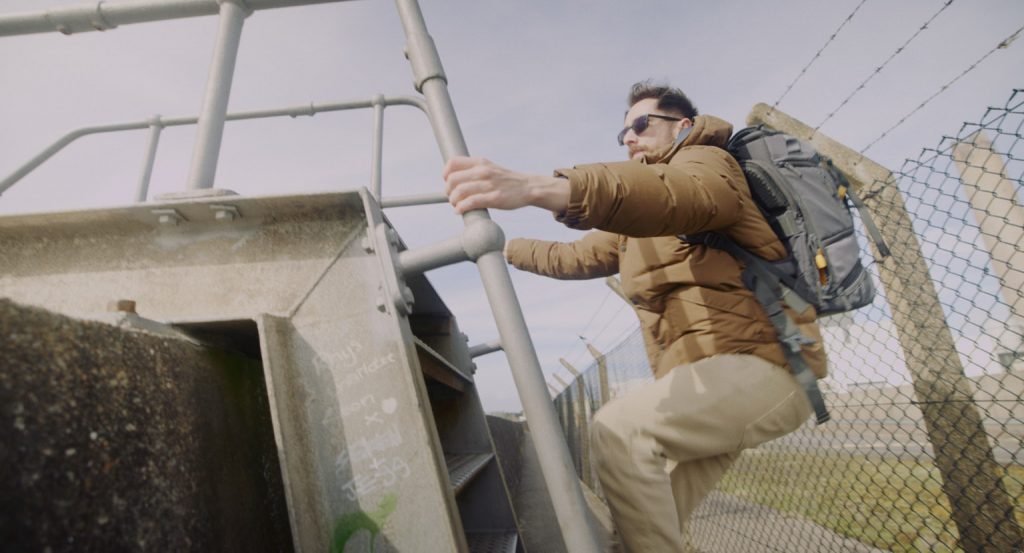
Additionally, the discreet design of a backpack can help you blend in and avoid drawing attention to yourself, which can be especially important when working alone. Whether you’re shooting a short film or a documentary, a camera rucksack can help you stay organized and prepared for anything that comes your way.
Outdoor filmmaking: if you’re shooting a film outdoors, a camera rucksack can be a great option. It allows you to carry your gear comfortably and securely, and the durable materials and weather-resistant features of many camera rucksacks can help protect your equipment from the elements. Even the most budget-friendly bags now have built-in rain covers.
Travel filmmaking: a camera rucksack can be a practical choice when traveling for a shoot. It allows you to carry your filmmaking equipment and other essential items like snacks, water, and a jacket in one place. Additionally, the hands-free design of a rucksack can be handy in busy airports or train stations.
Event filmmaking: for wedding or event filmmakers, a camera rucksack can offer a practical solution for carrying multiple lenses and accessories, enabling quick and efficient shots to capture all the essential moments. Unfortunately, theft is a potential risk for videographers at events, and leaving a hefty gear bag unattended can cause concern. With a rucksack, you can keep your equipment near or on you, providing added security and peace of mind. This is especially important for wedding videographers, who may have to move around frequently to capture different angles and shots and need to ensure their equipment is easily accessible and safe from theft.
When Should You Use a Camera Bag?
Studio filmmaking: a large camera bag can be a good option if you work in a studio or controlled environment. It allows you to keep your equipment organized and easily accessible, and the extra storage space can help store props or other filmmaking essentials.
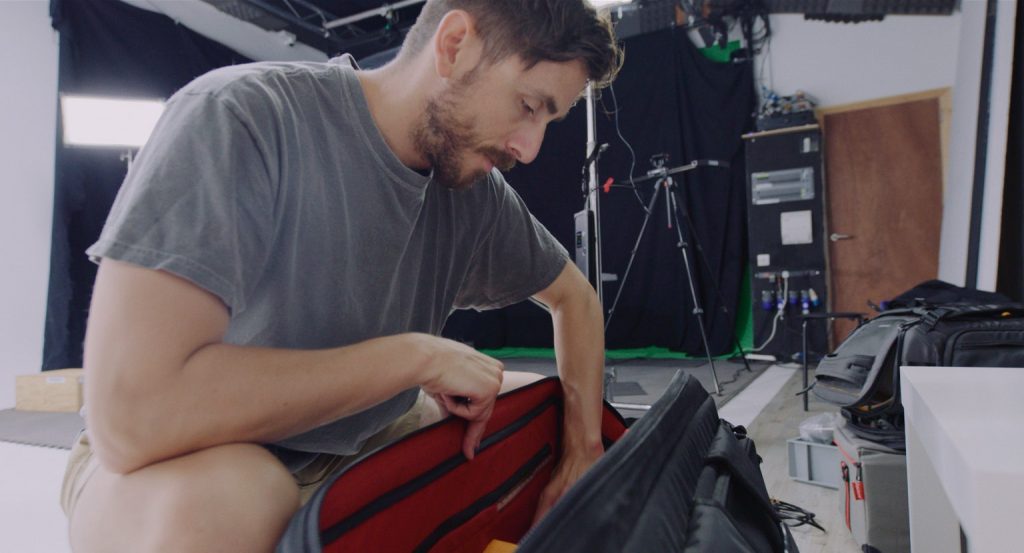
Documentary filmmaking: if you’re shooting a documentary, a large camera bag can be a practical choice. It allows you to carry all the necessary equipment to capture interviews and B-roll footage. Since it can accommodate your camera fully rigged and ready to shoot, you can always feel prepared to capture the perfect shot at a moment’s notice without the need to assemble your camera. This can be especially helpful when working in a fast-paced environment where every second counts.
Music videos: when shooting a music video, a camera bag can be a valuable asset. It enables you to carry all the equipment to capture the performance, including cameras, lenses, and audio gear. With a camera bag, you can keep your gear organized and easily accessible, making it easier to set up and switch between shots. Moreover, and especially important if you’re in the company of rowdy rockstars, a camera bag can also protect your equipment when on location, keeping it safe from damage.
Low-Budget Filmmaking: a camera bag can be an essential tool when making a low-budget film. With limited resources, you must move quickly and efficiently when filming, particularly if you’re filming guerrilla-style without proper permits or permission. A camera bag lets you keep all your essential equipment in one place, making it easier to grab and go when the opportunity arises.
When filming in a low-budget environment, you may not have the same level of security that you would have in a studio or controlled set. As a result, having a camera bag that protects your equipment is essential. The size and weight of a camera bag can also act as a deterrent to potential thieves. A large camera bag is more conspicuous and challenging to steal than a smaller bag. It’s also more difficult for a thief to carry a large camera bag quickly, reducing the risk of theft.
So let’s break down the pros and cons of each.
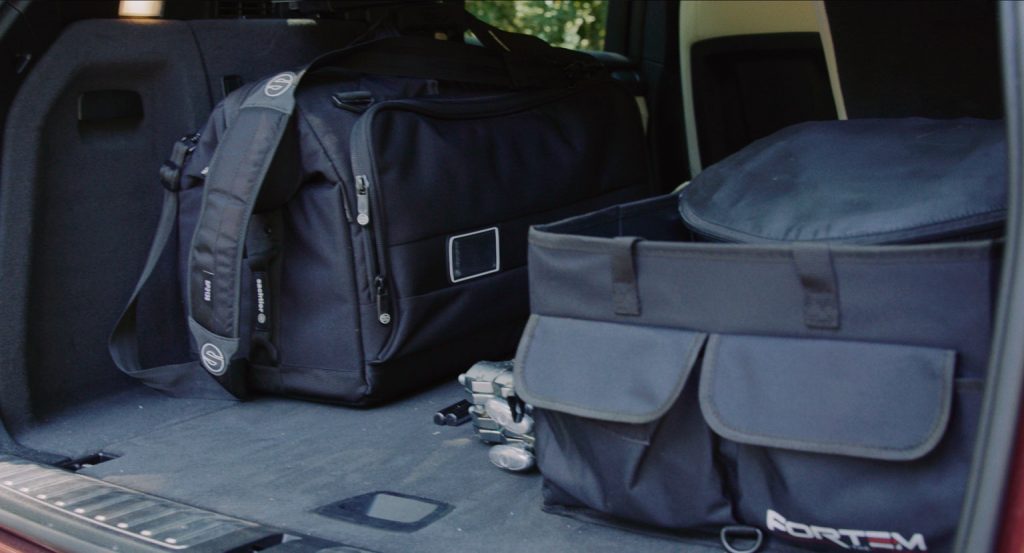
Pros and Cons of Camera Rucksack
Pros:
- Comfortable to carry for extended periods, as the weight is distributed evenly across both shoulders.
- Often have a larger carrying capacity than camera and A/V bags, allowing more gear to be stored.
- Some rucksacks have customizable compartments, allowing you to adjust the interior to fit your specific gear.
- It can be used for non-camera-related activities, such as hiking or traveling.
Cons:
- Not as quick and easy to access gear as camera and A/V bags, as you need to take off the rucksack and put it down to access equipment.
- It can be less protective of gear than camera and A/V bags, especially if the rucksack is designed specifically for something other than camera equipment.
- It may have fewer pockets or compartments for organizing audiovisual equipment than cameras and A/V bags.
Pros and Cons of a Camera and A/V Bag:
Pros:
- Versatile, as they can hold both camera and audiovisual equipment in one bag.
- Often have customizable compartments, allowing you to adjust the interior to fit your specific gear.
- Explicitly designed for camera and A/V equipment, providing excellent protection for your equipment.
- Have multiple pockets and compartments for organizing accessories and audiovisual equipment.
Cons:
- Carrying for extended periods may not be as comfortable as camera rucksacks, especially if the bag is heavy.
- It may have less carrying capacity than camera rucksacks.
- It may not be as versatile for non-camera-related activities as rucksacks.
Conclusion
When it comes down to choosing the right equipment bag for me, it ultimately depends on my intended use. Suppose I anticipate walking long distances while carrying my gear. In that case, I prefer to use a camera rucksack that evenly distributes weight across both shoulders and has padded straps and backs for added comfort. Although I love my camera and A/V bag, it can be too cumbersome to carry for extended periods. However, if I’m filming on set or driving around to capture stock footage, I like to set up my rig early in the morning and place it ready-to-shoot in my camera and A/V bag. This way, I have everything I need within reach and can easily move between shots.
Ultimately, it’s important to choose the bag that suits your specific needs best, whether it’s comfort, accessibility, or organization, so you can stay focused on capturing the perfect shot.
Looking for filmmaking tips and tricks? Check out our YouTube channel for tutorials like this . . .
